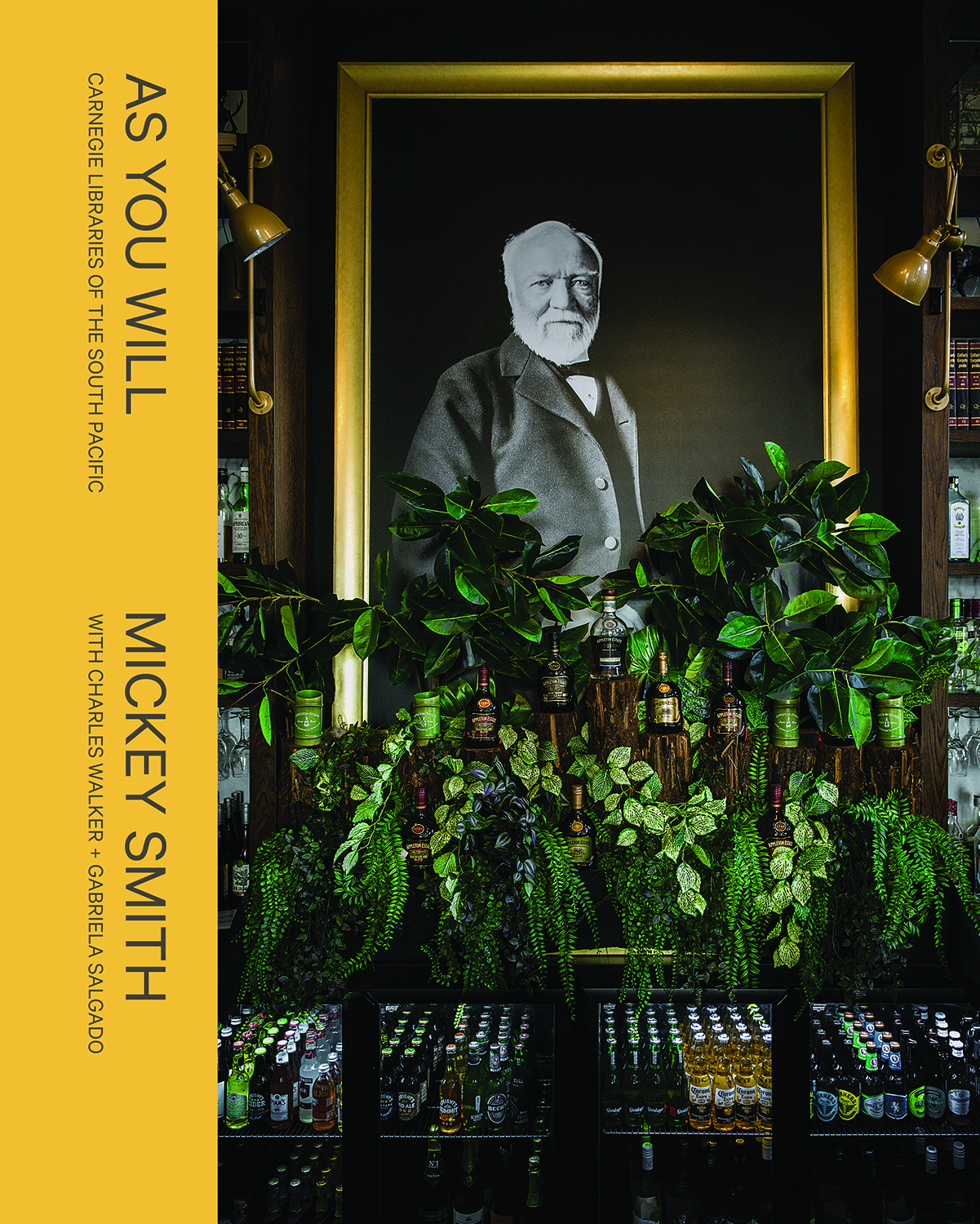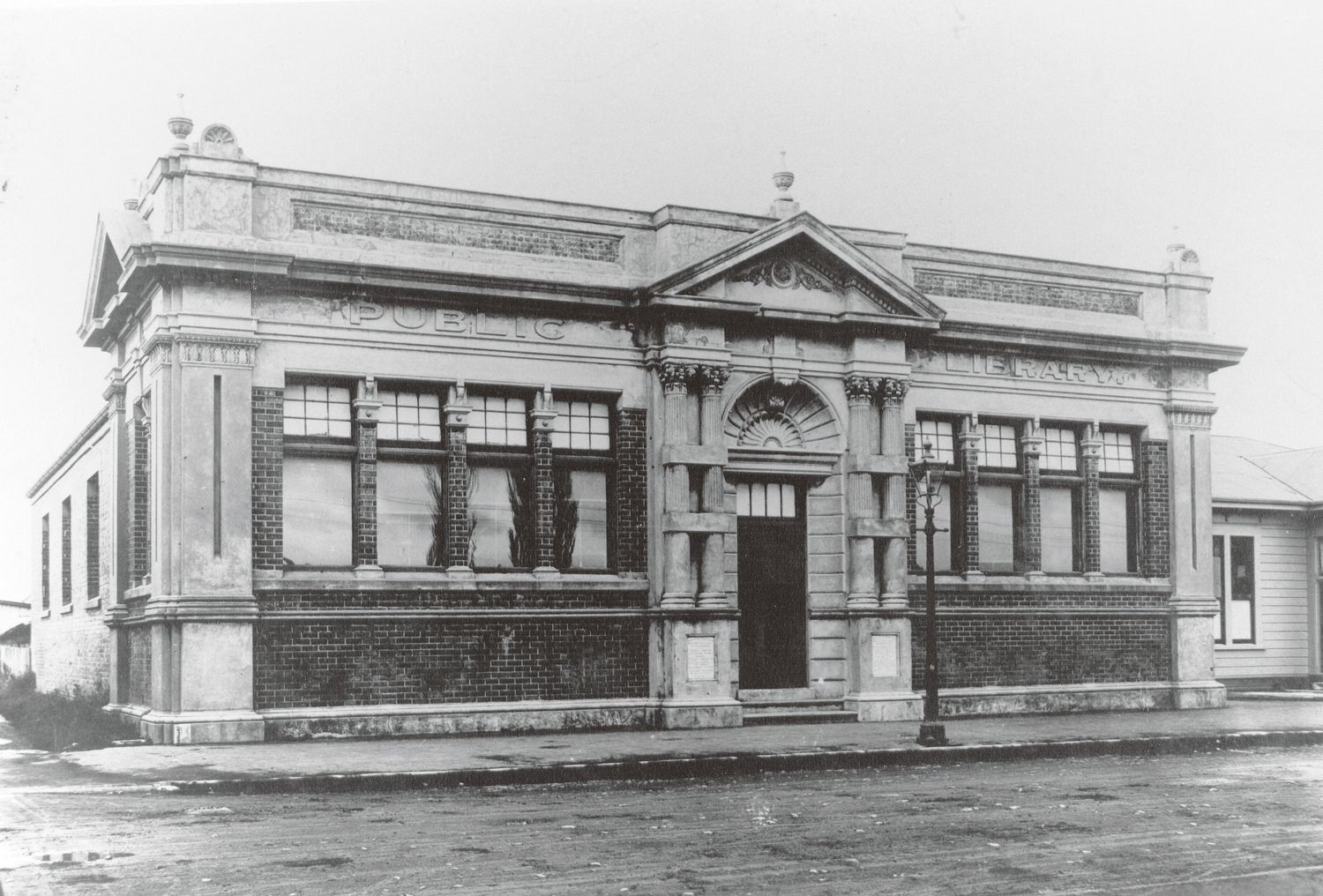AS YOU WILL - reviewed
AS YOU WILL - Carnegie Libraries of the South Pacific
Mickey Smith
Published by Te Tuhi, 2018, first edition 400 copies
Distributed by Remote Photobooks and Te Tuhi
Reviewed by Mary Macpherson for PhotoForum, January 2019
In 1879, when Scottish-born American industrialist Andrew Carnegie began to promote his idea of free public libraries, there were only a few public libraries in the world. As one of his many philanthropic initiatives, Carnegie and his corporation finished by spending $56 million to build 2509 libraries throughout the world. (1)
Fast forward a century and more, and when US conceptual artist and photographer Mickey Smith moved from New York to Auckland she was intrigued to discover that what seemed like an American institution had established to 18 Carnegie libraries around New Zealand, four in Australia and one in Fiji, between 1902 and 1916. (2)
The title of AS YOU WILL comes from Carnegie’s words to the communities that received library funding, “I give you the seed. Cultivate it as you will.”(3) In the work, Smith takes a forensic look at what time and social change has done to this garden of large scale philanthropy in the South Pacific.
Her book is tightly organized around its concept, supported by incisive captioning, and delivers its evidence with a deadpan ethos. The libraries are grouped into categories that reflect their fate – the three still functioning libraries, 10 repurposed to other uses, three marked as earthquake prone and the seven demolished.
Each library begins with a historical photograph of the building, some on triumphant opening days, set in a black page. They’re buildings of substance made with concrete, stone and brick and appear built to survive. (4) But turn the page and, like signs of rude good health, Smith’s colour photographs provide glimpses of what’s happening in the present – if the library has a present.
It’s an interesting strategy that almost inverts time, particularly where the library has taken on another life or has been condemned. It’s as if the grey historic image is the proper life of the building, and whatever’s happening in our present is an aberration. I couldn’t shake the thought that the colour images were somehow the life of a cheerful graveyard.
With its frequent black pages and, at times, truncated views of present day experience, the book has a stop start feeling, rather like a stuttering film. If the viewing experience doesn’t flow easily, the potency of the work lies in its aftertaste as you complete what’s happened to the ambition to give everyone the chance to haul themselves up by their educational bootstraps. It reminded me that we live an age of inequality, lightly topped by billionaire philanthropy. Should we, as Carnegie’s critics did, question the regulations that allow the accumulation of fortunes, or ask whether a more equitable distribution of wealth might be better for society? (5)
(1) Carnegie libraries, New Zealand Geographic, Kerry Rogers, 2005.
(2) AS YOU WILL, Charles Walker, introduction, 2018.
(3) AS YOU WILL, Charles Walker, introduction, 2018.
(4) Carnegie libraries, New Zealand Geographic, Kerry Rogers, 2005.
(5) Looking the Carnegie Gift Horse in the Mouth – the 19th-century critique of big philanthropy. David Nasaw, Slate, 2006.
Captions:
Marton, New Zealand
$6,075 USD
23 July 1914
Public Library
(Photograph from Rangitikei District Libraries)
Farlie, New Zealand
$4,875 USD
31 January 1913
Pizzeria/Restaurant
(Photograph from Alexander Turnbull Library)
Dannevirke, New Zealand
$9,690 USD
10 April 1906
Earthquake prone (Slated for demolition)
All contemporary photographs by Mickey Smith
Mary Macpherson is a Wellington photographer, Reviews Editor of the PhotoForum website and a past judging chair of the New Zealand Photobook of the Year Awards.







